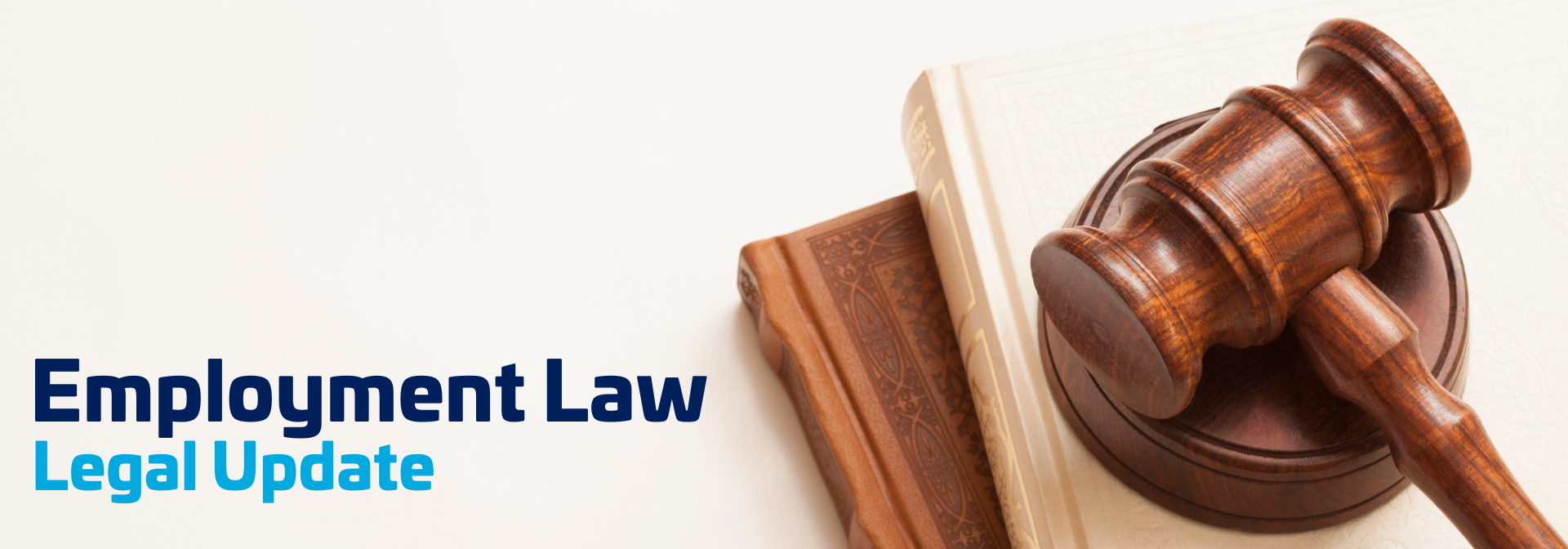
Legal update – EHRC Updates Guidance on Preventing Workplace Sexual Harassment
On July 9, 2024, the Equality and Human Rights Commission (EHRC) released updated guidance for employers on complying with the new duty to prevent sexual harassment in the workplace. This new chapter will be added to the existing EHRC technical guidance titled “Sexual Harassment and Harassment at Work,” published in 2020. The updated guidance is open for consultation until August 6, 2024.
Overview of the New Duty
The new duty, introduced by the Worker Protection (Amendment of Equality Act 2010) Act 2023, will take effect on October 26, 2024. It requires employers to take reasonable steps to prevent sexual harassment in the workplace. However, the Act does not define what constitutes ‘reasonable steps,’ leaving employers to determine appropriate measures based on their specific circumstances, including sector, size, and resources.
Key Aspects of the Updated Guidance
Two notable elements of the updated guidance include references to:
- Preventing Sexual Harassment by Third Parties: Despite not being reintroduced by the Act, the guidance mentions the importance of addressing third-party harassment.
- EHRC’s Enforcement Role: The EHRC emphasises its active role in enforcing the new duty.
Details of the New Duty
The new duty is proactive, requiring employers to plan and allocate resources to prevent sexual harassment before any incidents occur. This duty is limited to sexual harassment and does not cover other types of harassment or discrimination.
Reasonable Steps
The updated guidance explains that what is considered reasonable will vary depending on factors such as employer size, sector, and resources. Employers should:
- Assess the risk of sexual harassment.
- Identify steps to mitigate these risks.
- Implement reasonable steps.
Practical Measures and Risk Assessment
Risk assessments are crucial for compliance, involving the identification of ‘risk hotspots’ like power imbalances, job insecurity, lone working, the presence of alcohol, customer-facing duties, and lack of workforce diversity. The EHRC suggests practical measures such as implementing effective policies, raising awareness, addressing power imbalances, and delivering training.
Harassment by Third Parties
The guidance surprisingly includes preventing sexual harassment by third parties, even though the Act does not impose liability on employers for third-party harassment. Examples in the guidance illustrate the need to consider risks posed by third parties like customers or clients.
EHRC Enforcement
The EHRC can take enforcement action against employers not complying with the new duty, including:
- Investigating employers.
- Issuing unlawful act notices.
- Entering formal agreements to prevent future unlawful acts.
- Seeking court injunctions.
The EHRC can act based on suspected non-compliance, and poor systems alone might prompt action.
Compensation Increase
If an employer fails to comply with the new duty, employment tribunals can increase compensation awards for successful sexual harassment claims by up to 25%. The extent of non-compliance will determine the uplift.
Implications for Employers
The new duty’s inclusion of third-party harassment prevention is significant, especially for sectors with high customer interaction. Employers must assess risks and implement measures to mitigate them while balancing maintaining client relationships.
Employers need to understand the new preventative duty, raise awareness, and train their staff to ensure compliance. Future changes might arise, particularly if Labour’s proposed policies, which include strengthening the duty to require ‘all reasonable steps’ to prevent harassment, are implemented.







